In reality, a photograph is simply a two dimensional interpretation of what we see. Most people see something memorable, point their camera at the scene and snap a shot. The result is often disappointing because the photo rarely conveys the sight and emotion we experience with our own vision.
With some technique, some forethought, some gear and some luck, we as photographers can add a perceived third dimension to a photograph. We can convey depth or motion to a two dimensional space.
Let’s look at motion. The way to show motion in a photo is to introduce blur. We all love a sharp image, but controlled blur adds the sense of motion we are looking for. Controlled blur is a function of shutter speed in a given scene. It can be done at semi high shutter speeds or a long shutter speeds. For now, let’s look at long shutter speeds.
On a nice fall day, I was at Moreau State Park near Lake George in upstate New York. While the colors hadn’t quite turned yet, I was out for a nice hike and still wanted to make a nice photograph. I found an interesting fallen and quite dead tree by the lake and decided I could use that as a foreground element while keeping the small mountain range with limited colors in the background….a classic landscape.
The camera setup on the tripod, I shot a reference image…nice enough for an early fall afternoon, but not a compelling (as Bryan Peterson would say) image. So how to make it better? Make it a long exposure.
Most amateur photographers understand to get the longest shutter speed at a given ISO, your aperture should be the highest f stop number your lens can offer. Some people will argue that at the max f stop, most lenses will experience diffraction which can result in less sharp images. In this case, I was shooting my Canon 5D Mark III with the 17-40L attached. I chose f/16 since it would be a little sharper than f/22.
So with a base ISO of 100, f/16, the slowest shutter speed I could get was 1/50th of a second. Hardly a long exposure by anyone’s definition. How do we get a longer shutter speed? We add a neutral density filter. A neutral density filter is essentially sunglasses for your lens. It limits the amount of light entering the lens thereby requiring a longer shutter speed for a proper exposure.
I mounted my Lee Big Stopper to my lens. The Big Stopper offers approximately ten stops of light reduction. Recall that each “stop” reduces the shutter speed by half…simply divide the shutter speed by two. Since the sky was brighter than the foreground, I also added a three stop graduated neutral density filter to the filter holder. This helps balance the exposure between the brighter sky and the darker foreground. So how long was my exposure now? It’s simple math but it does get confusing.
That’s why I use an app on my iPhone called NDTimer. NDTimer does the calculation for you so you can concentrate on the photograph. It’s so inexpensive it’s not even worth the time to do your own math. Note that NDTimer doesn’t provide a definitive shutter speed. It provides a good starting point. Not all 10 stop filters are truly 10 stops. Use NDTimer to get you close, then fine tune as needed. So NDTimer suggested about 2.5 minutes as a shutter speed. Now we’re getting there!
Looking at the clouds and studying the motion, I wasn’t convinced 2.5 minutes would be long enough. I didn’t have any additional filters with me so I changed my ISO down to 50, which on the 5D Mark III is known as an expanded ISO. ISO 50 is simulated with software by the camera, but it essentially doubled my shutter speed again, giving me a 5 minute or 300 second exposure.
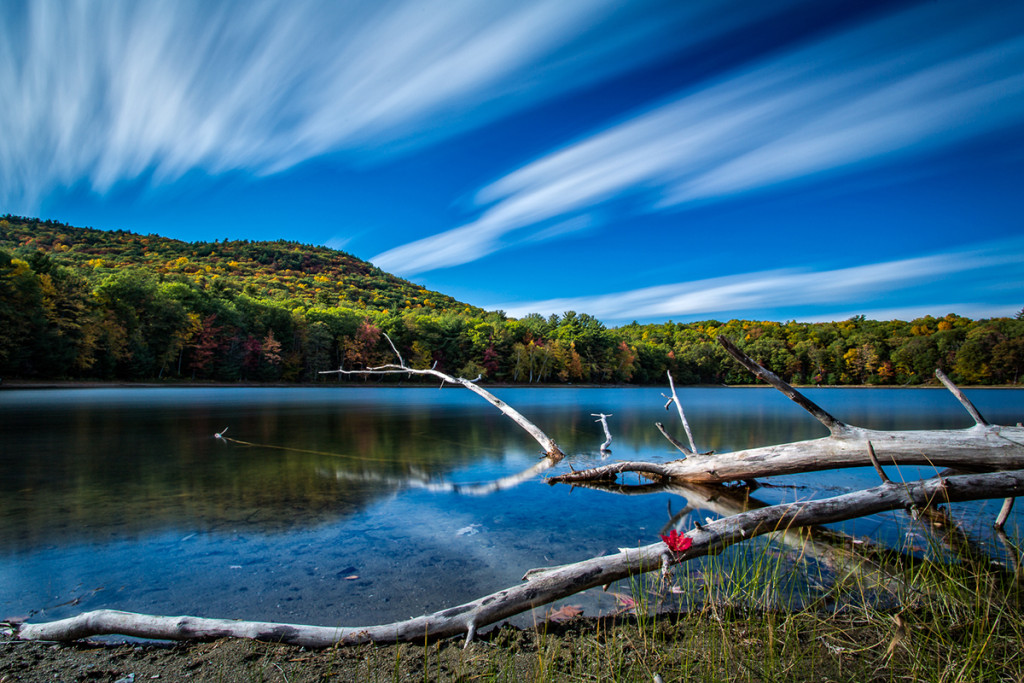 The result is what we all might call a compelling image, which certainly conveys motion!
The result is what we all might call a compelling image, which certainly conveys motion!
An added benefit of such a long exposure is that waves on water are reduced to a calm surface.
Here is a setup shot, you can make out the Lee filter housing on the front of the lens that holds the filters. I used a Camranger to control the camera, more on that in another post.
There is little doubt that long exposures are more alluring that a simple snapshot of a particular scene. They work best with a subject that is fixed while the clouds blur by.
The following are some other examples of long exposures using neutral density filters to reduce shutter speed.

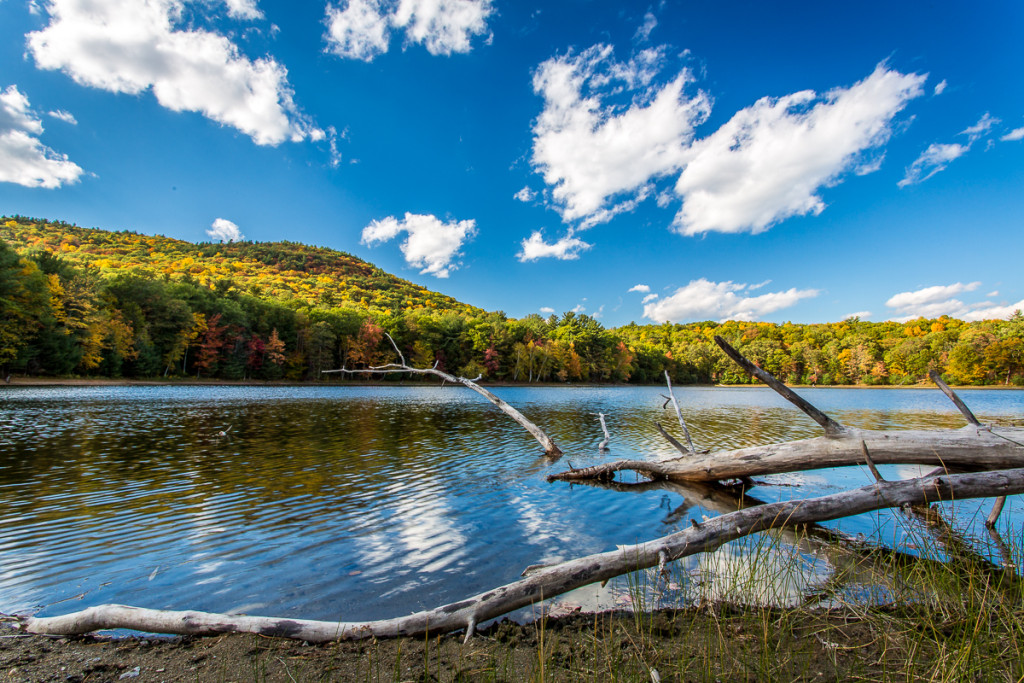
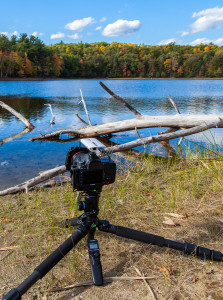
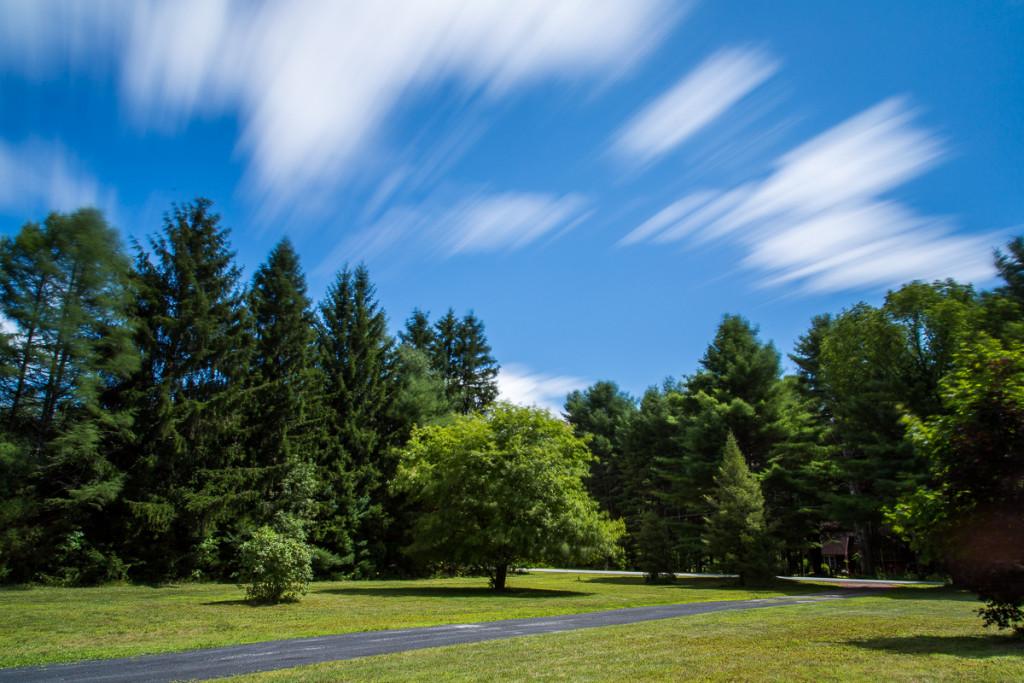
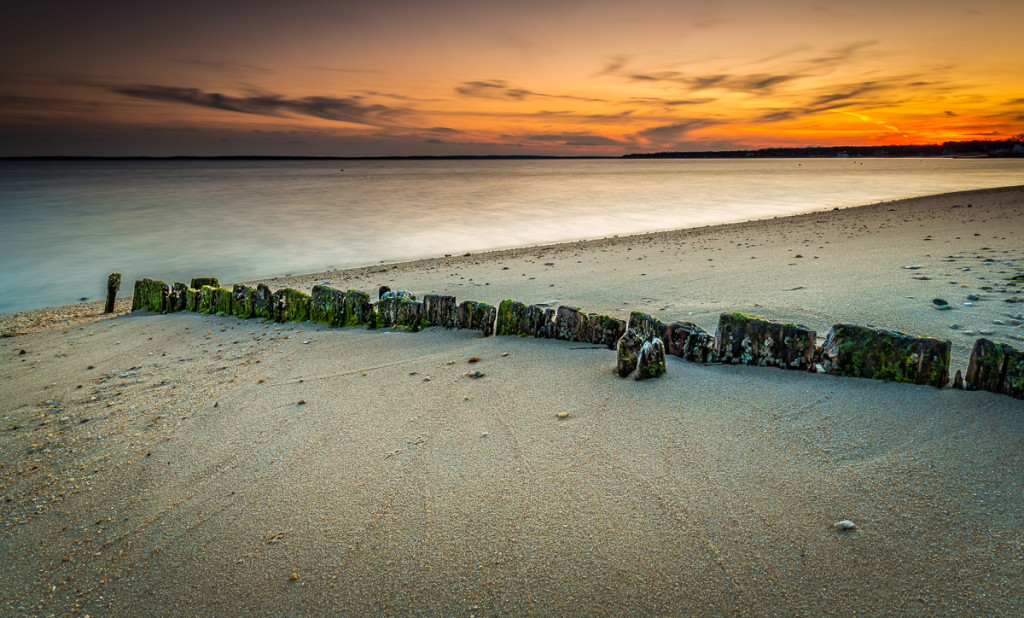
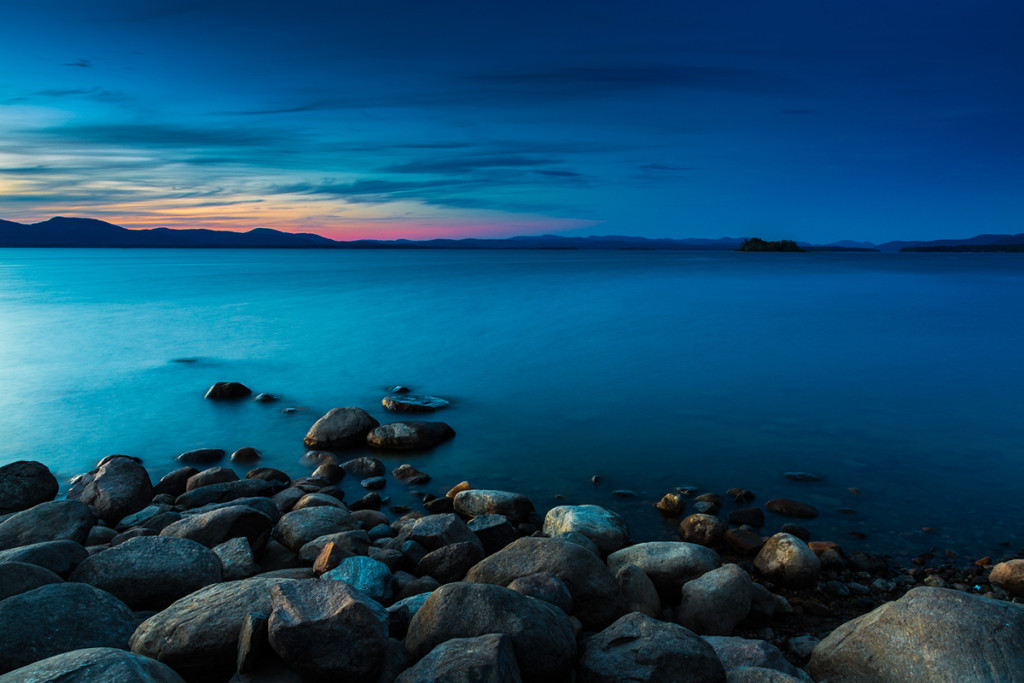
Leave a reply